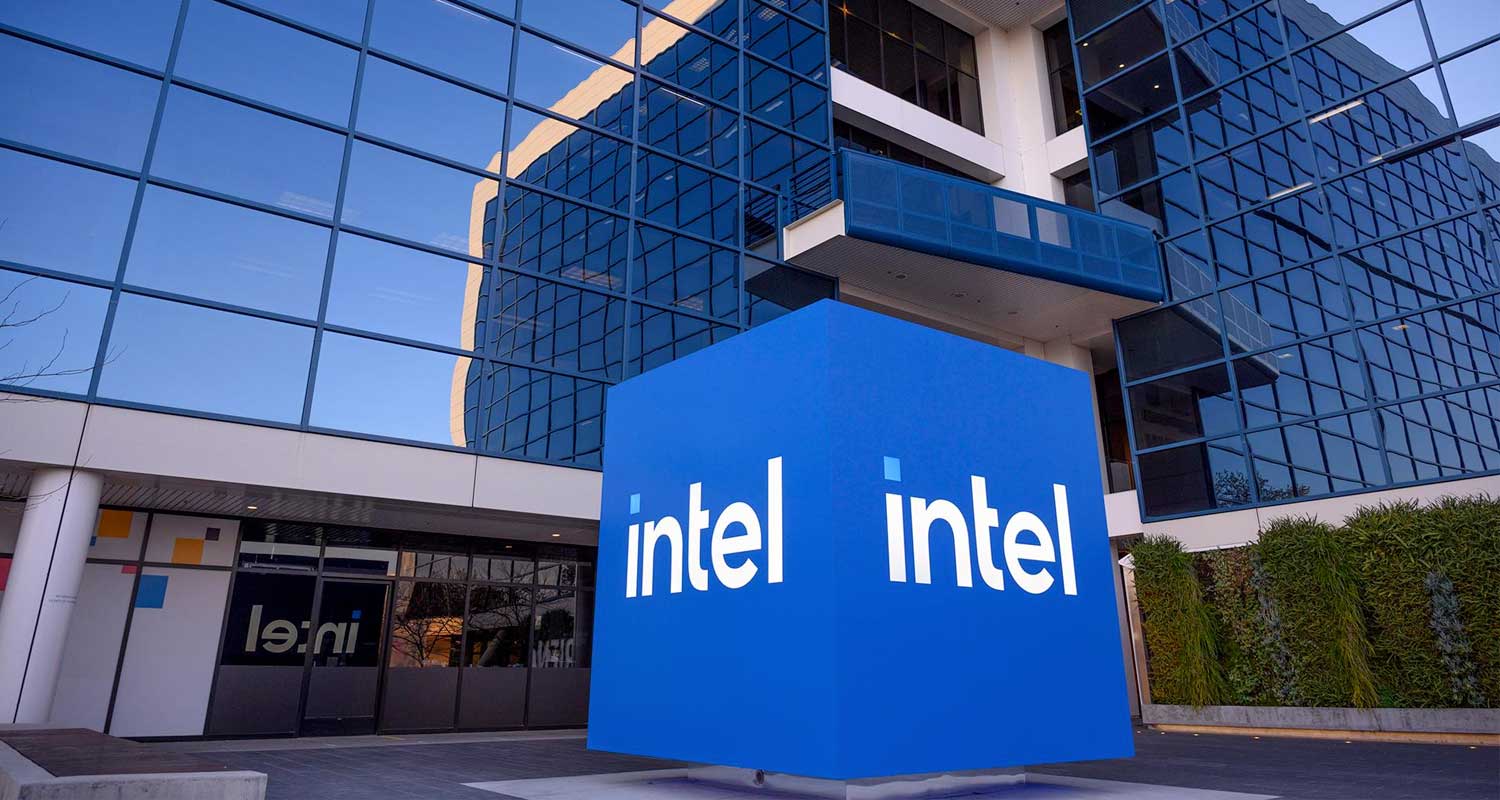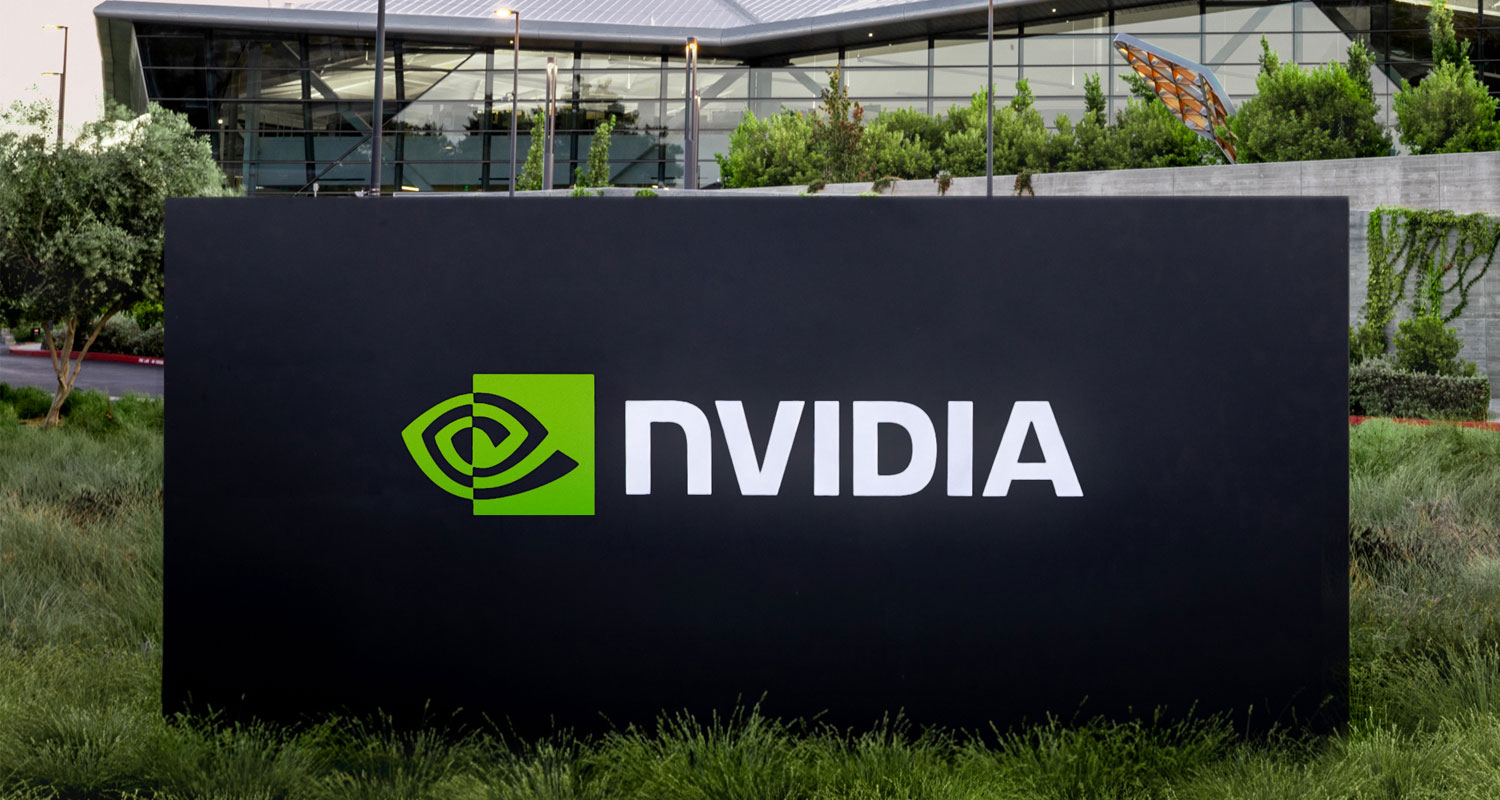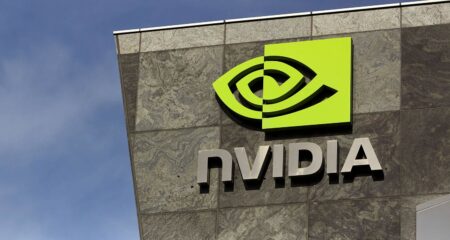 Nvidia gave investors what they were looking for this week: concrete evidence that the surge in artificial intelligence is resulting in a sales boost. Nearly lost in the euphoria that the chip maker set in motion, however, was a warning that not all are going to join in the feast.
Nvidia gave investors what they were looking for this week: concrete evidence that the surge in artificial intelligence is resulting in a sales boost. Nearly lost in the euphoria that the chip maker set in motion, however, was a warning that not all are going to join in the feast.
Jensen Huang, Nvidia’s CEO, described what he sees as a shift taking place within the world’s data centres as companies rushing to add AI computing power are shifting spending to the type of gear made by Nvidia and away from Intel’s most profitable revenue stream, data centre processors.
“You’re seeing the beginning of, call it, a 10-year transition to basically recycle or reclaim the world’s data centres and build it out as accelerated computing,” he said on the earnings call on Wednesday. “The workload is going to be predominantly generative AI.”
While Huang didn’t mention any names, there was no doubt who he was talking about. He said data centres are going to be transformed from their reliance on central processors, a business dominated by Intel, towards using more graphics chips, Nvidia’s domain.
Intel shares fell 5.5% on Thursday, handing another blow to the company that just two years ago was the world’s biggest chip maker. Nvidia has soared 160% this year, putting a US$1-trillion market value within reach, while Intel is barely positive. An index of chip makers has gained 32%.
“They’ve missed the boat, which has hit stock performance and valuation and growth potential,” Zeno Mercer, senior research analyst at Robo Global, said of Intel. The company “should have done a little more to be here. However, it is short-sighted to write off anyone’s potential for growth and market share in a market like AI.” The firm counts Nvidia as its second largest holding.
Read: AI and the astonishing rise of Nvidia
Investors took a more constructive view of AMD, which like Intel gets the majority of sales from CPUs. The stock rallied 11% on Thursday, adding to gains that have sent its shares up 86% this year. AMD’s work with some of the largest buyers of this type of technology may put it in a better position to make up ground on Nvidia.
Richly priced
That doesn’t mean that it’s a cheap way for investors to join the Nvidia-led rally. AMD is priced at 37 times profits projected over the next 12 months. That’s approaching the levels of Nvidia, which trades at 50 times.
Nvidia dominates the market for graphics chips that gamers use to get a more realistic experience on their PCs and has adapted the key attribute of that type of chip – parallel processing – for increasing use in training and running AI software.
Intel has tried for many years to break into that market with limited success. AMD is the second biggest maker of graphics processing units for gamers and has just begun to offer products optimised for data centre computing, something that may make it valuable to large customers such as Microsoft who are currently lining up for Nvidia’s offerings.

While Intel and other chipmakers such as Qualcomm have talked about their ambitions in AI processing and detailed new products they believe will have an impact on the market, investors haven’t heard them.
“The fact that they haven’t made any moves in this space is really to their detriment,” said Adam Sarhan, CEO of 50 Park Investments. “By the time they jump on the bandwagon, they may be too late, and if they don’t, they could get left behind. AI is taking the world by storm, with applications we wouldn’t have expected, and this could impact all areas of the chip space.” — Ian King and Ryan Vlastelica, (c) 2023 Bloomberg LP




